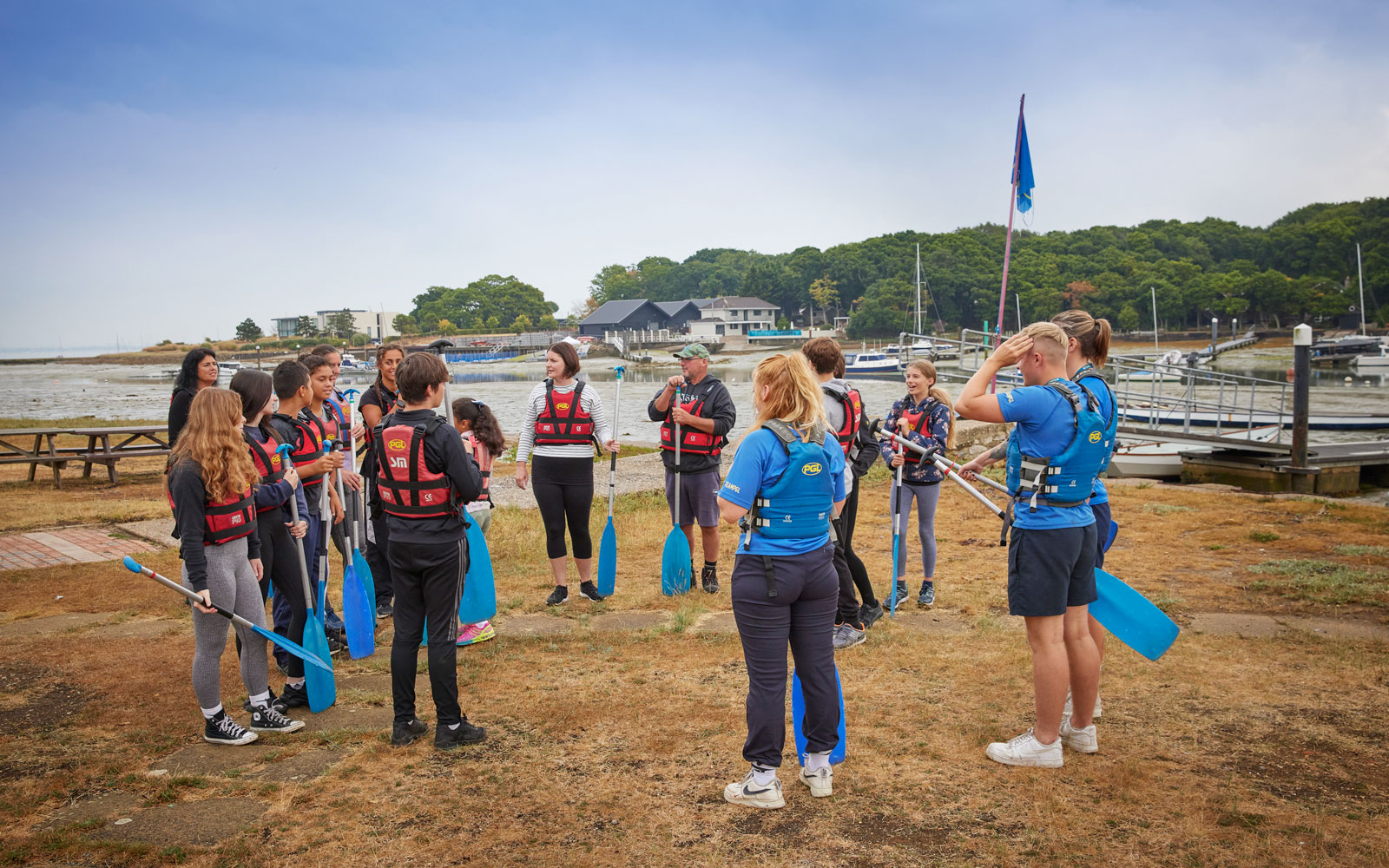Careers at Little Canada
Over 200 members of #TEAMPGL are based at Little Canada. As well as our rewarding core roles, Little Canada also employs specialist Sailing Instructors, guiding our guests around the beautiful Isle of Wight coastline.


Why we love Little Canada...
For a relatively small Island, the Isle of Wight certainly packs a punch way above its weight. It has become a place synonymous with legendary music festivals, sailing regattas, tourist attractions and food festivals. It has a number of golden beaches, scenic walks, fantastic cycle routes and some of the UK’s most stunning coastline. However, for those who are less active there’s a huge number of restaurants, shops and cafes. To top things off, why not give the famous Ghost Walk tours a go!
The on-centre People & Culture team run a very busy social calendar of events, catering to all interests and hobbies such as water sports, quizzes, football, karaoke and board game nights.
Colleague facilities include: On-site bar ‘The Mounties Retreat’, colleague lounges, sports hall, climbing wall, laundrette and colleague wi-fi.
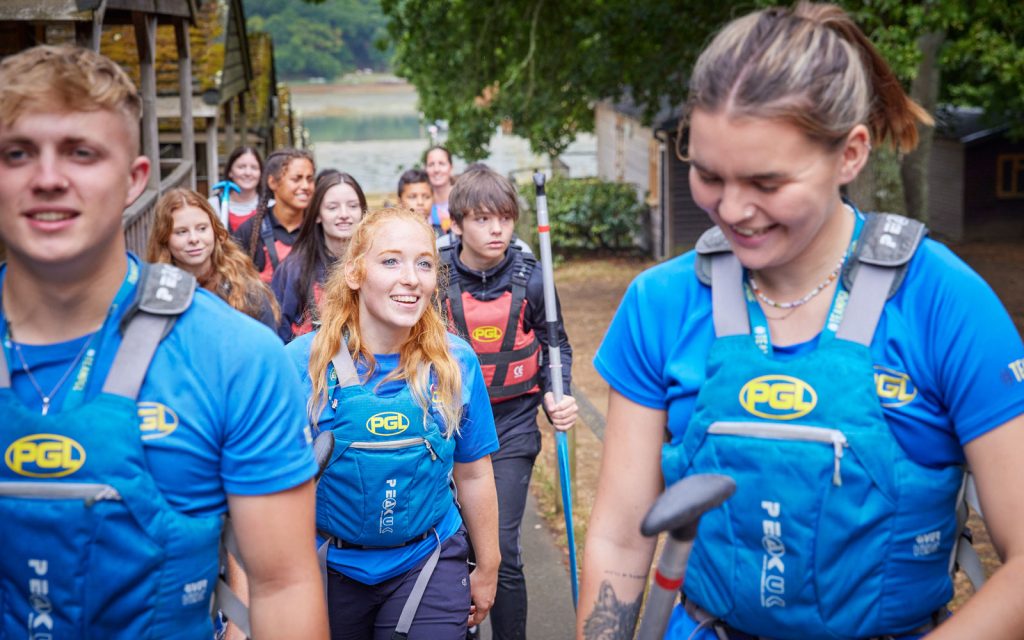
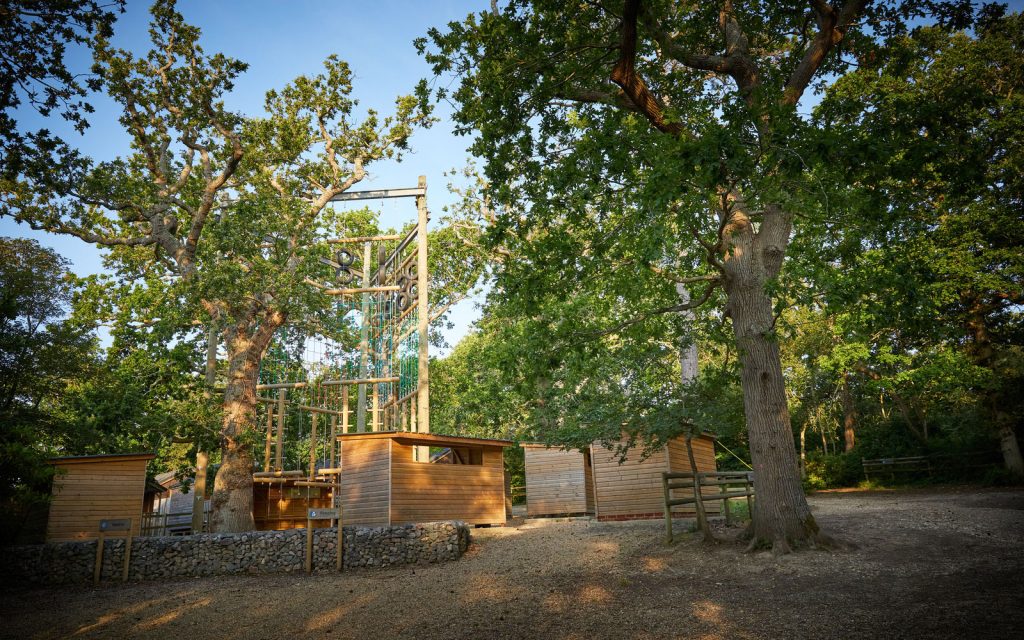

Meet the team at Little Canada

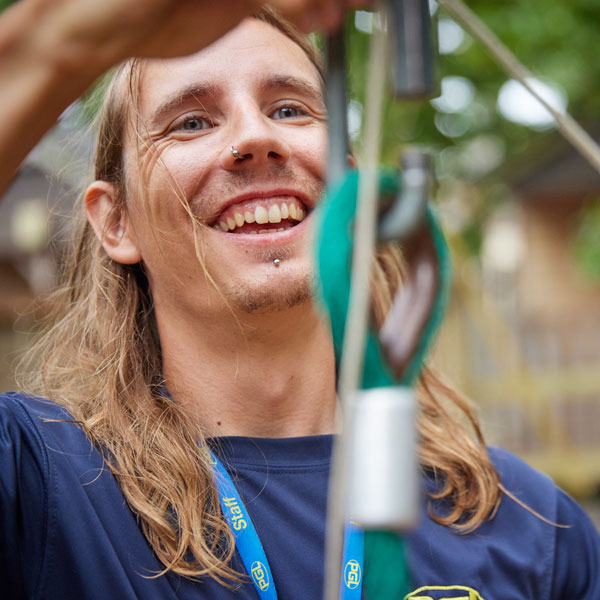

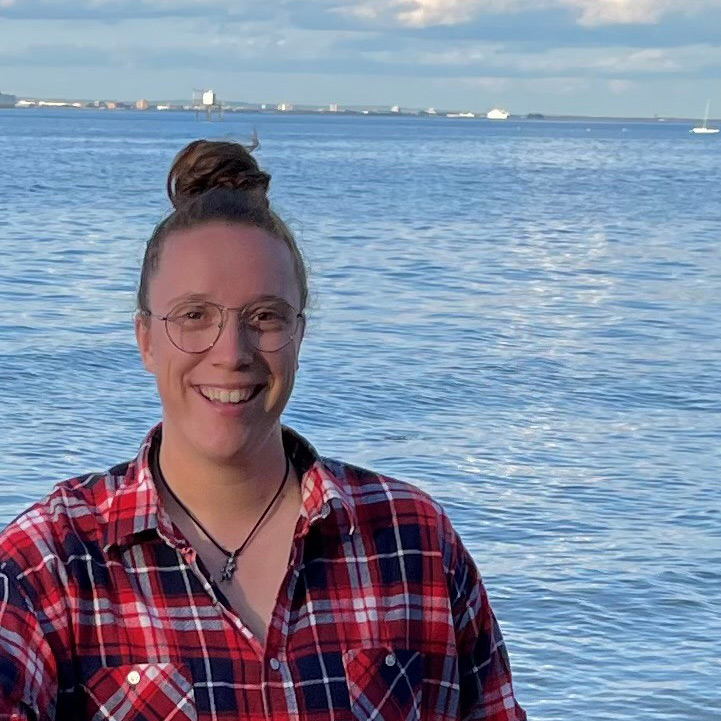


How you can find us


